For decades, Fujifilm Superia was used by both consumers and photojournalists to document the world around them. After rumors erupted on the web about its discontinuation, we fact-checked them against what Fujifilm told us. With that said, Fujifilm 400 Color Negative isn’t necessarily a replacement for Superia, but it is a viable alternative to use until you can find it again here in America. To be frank, Fujifilm 400 Color Negative is the equivalent of the reliable mild-mannered person who brings neither joy nor sadness to your life. Instead, they simply just exist.
The Phoblographer may receive affiliate compensation for products purchased using links in this blog post.
Table of Contents
The Big Picture
We’ve heard claims that Fujifilm 400 Color Negative is actually made by Kodak. Fujifilm does indeed work with several third parties to make the film, but we cannot confirm that it’s made by Kodak. Make no mistake, you’re going to easily make photos with Fujifilm 400 Color Negative that you’ll enjoy if you’re careful about the images you take. Providing that it’s a fresh film, you’ll also really adore the results. However, it doesn’t feel very unique. And for a film emulsion, the results are fairly sterile. Part of this could be the optics, but the Fuji 24mm f1.9 and the Contax 35mm f2 lenses we used are anything but.
Compared to Superia, the colors are far more muted. We’re sure that some YouTuber is going to claim that this is Kodak Portra 400 being respooled and sold by Fuji. But it isn’t. It’s more like the Xtra film with its big grain and all.
As of June 2023, Superia 400 might return to the US soon. But we’re still not sure, as we’ve been told by Fujifilm.
Fujifilm 400 Color Negative receives three out of five stars. Want one? You can pick it up on Amazon or at Blue Moon Camera. No one is regulating the prices, so consider this the wild west.
Gear Used
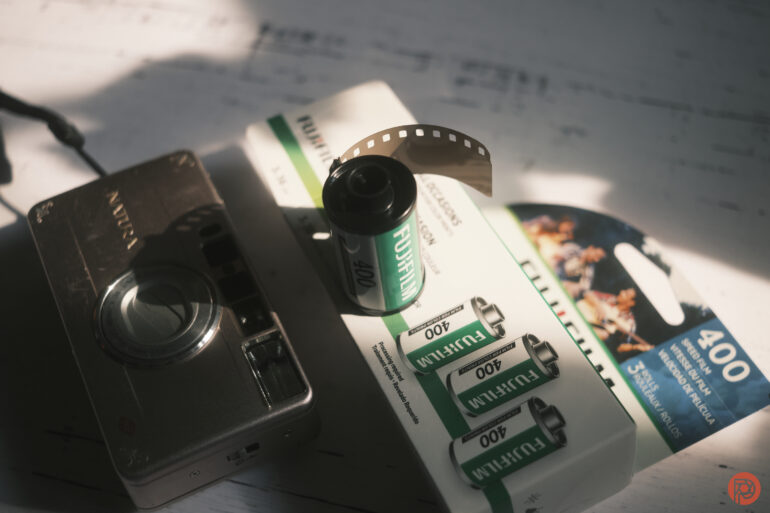
The Fujifilm 400 Color Negative that we tested was provided to us free of charge by Fujifilm for testing. We used the Fujifilm Natura S and the Leica M6 to test the rolls we received. The film was developed by Blue Moon Camera — they’re the GOAT. To question this statement is the modern equivalent of questioning the domain of the Mongol empire knocking at your door.
Innovations
Ha! You’re funny. You’re expecting innovations from a multi-billion dollar company to the film world on a product that brings in around 1% of the company’s profits? Do you expect Mcdonald’s to make a vegan Big Mac next?
Ease of Use
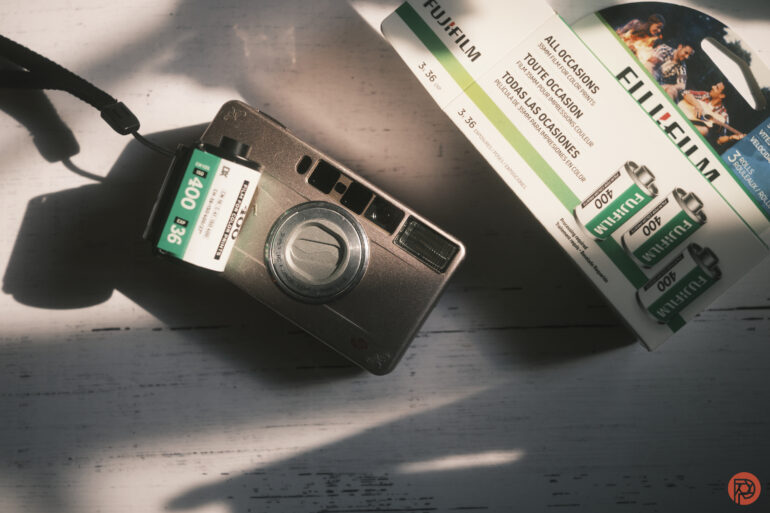
During our testing of Fujifilm 400 Color Negative, we used it in both the Natura S and the Leica M6. Like most other 35mm films, it’s simple to load, and it has a DX code which tells the camera what to set the ISO to. But if the camera doesn’t have any sort of exposure override, then you might be out of luck if you’re using expired film. With that said, buy some and use it. Don’t hoard it.
In the Leica, we exposed the film at ISO 200 and developed for 400.
At the same time, remember why old film photos look so much better than newer ones.
Image Quality
Fujifilm 400 Color Negative has a look to it, but it isn’t instantly recognizable. We’ve reviewed all variants of Superia and interviewed photographers who use Xtra variants too. In our eyes, it had larger grain than Superia and more muted colors.
In all honesty, it’s fine. But it’s nothing that I’d run out into the streets and hoard.
With this in mind, I’d use Fujifilm 400 Color Negative for portraits. While I don’t think it’s very true to life for people of color as it warms the skin tones up while lightening them, it will make your less melanated friends look like the digital film filters you crave.
Image Samples
From day one, The Phoblographer has been huge on transparency with our audience. Nothing from this review is sponsored. Further, lots of folks will post reviews and show lots of editing in the photos. The problem then becomes that anyone and everyone can do the same thing. They’re not showing what the lens can do. So we have a section in our Extra Image Samples area to show edited and unedited photos. From this, you can make a decision for yourself.
Unedited


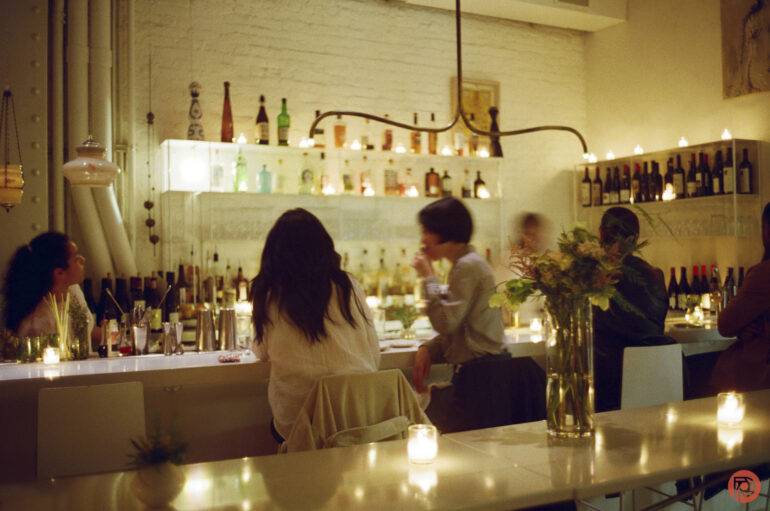
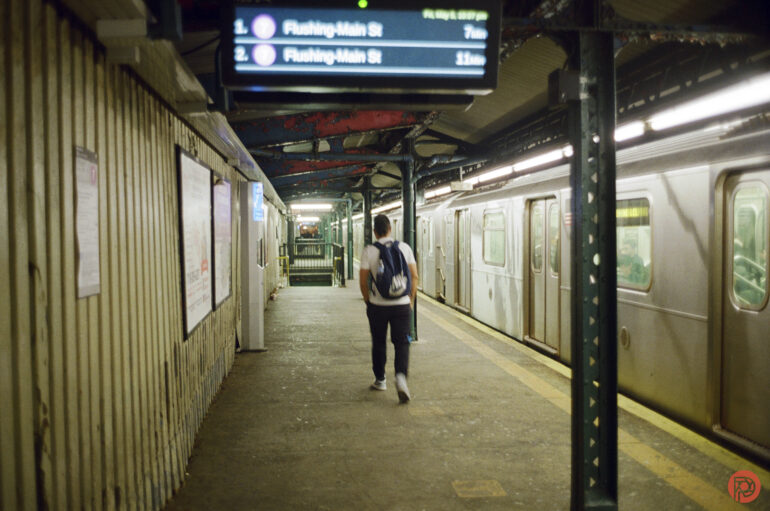




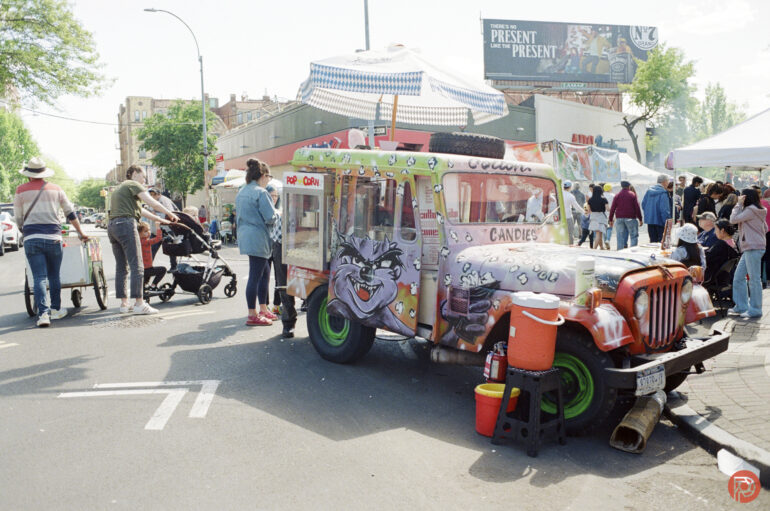
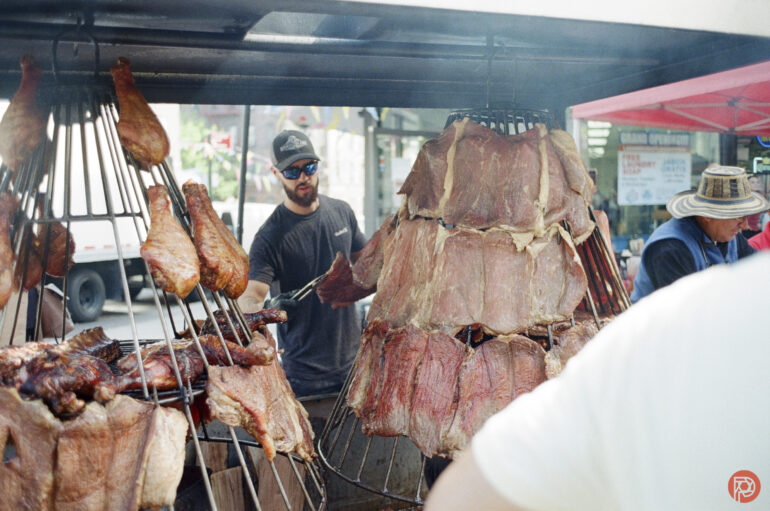


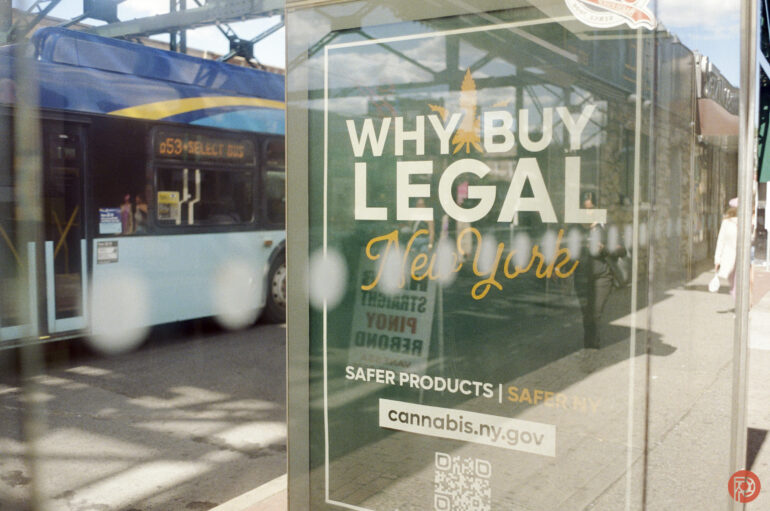

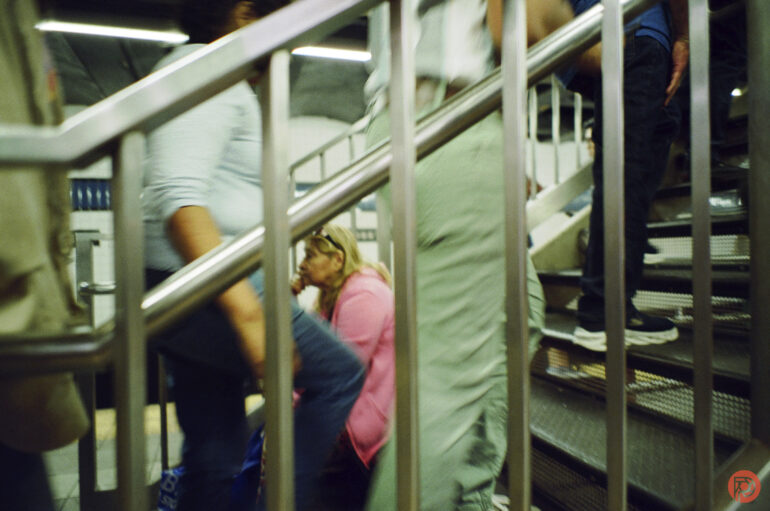





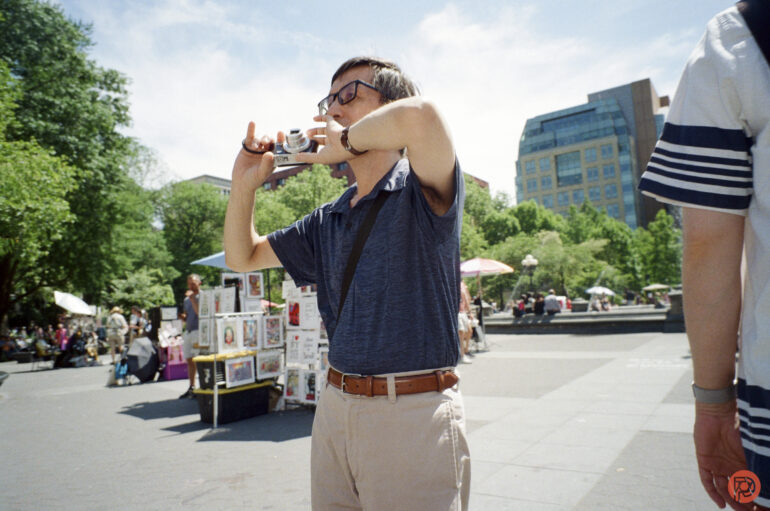








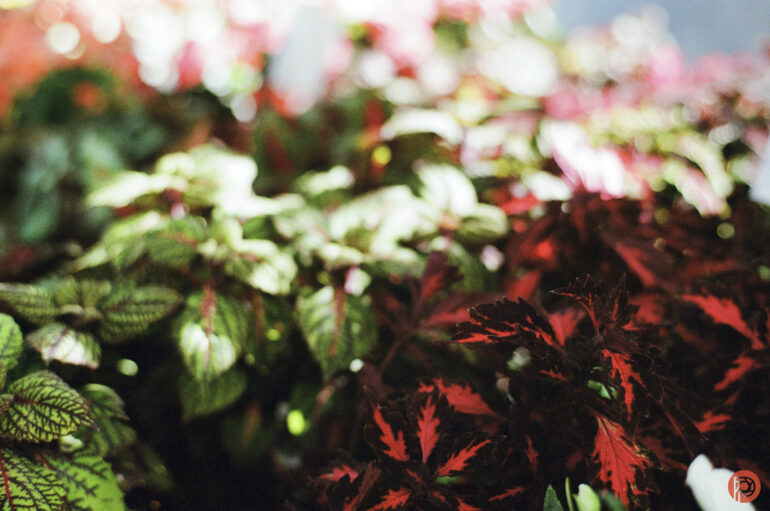
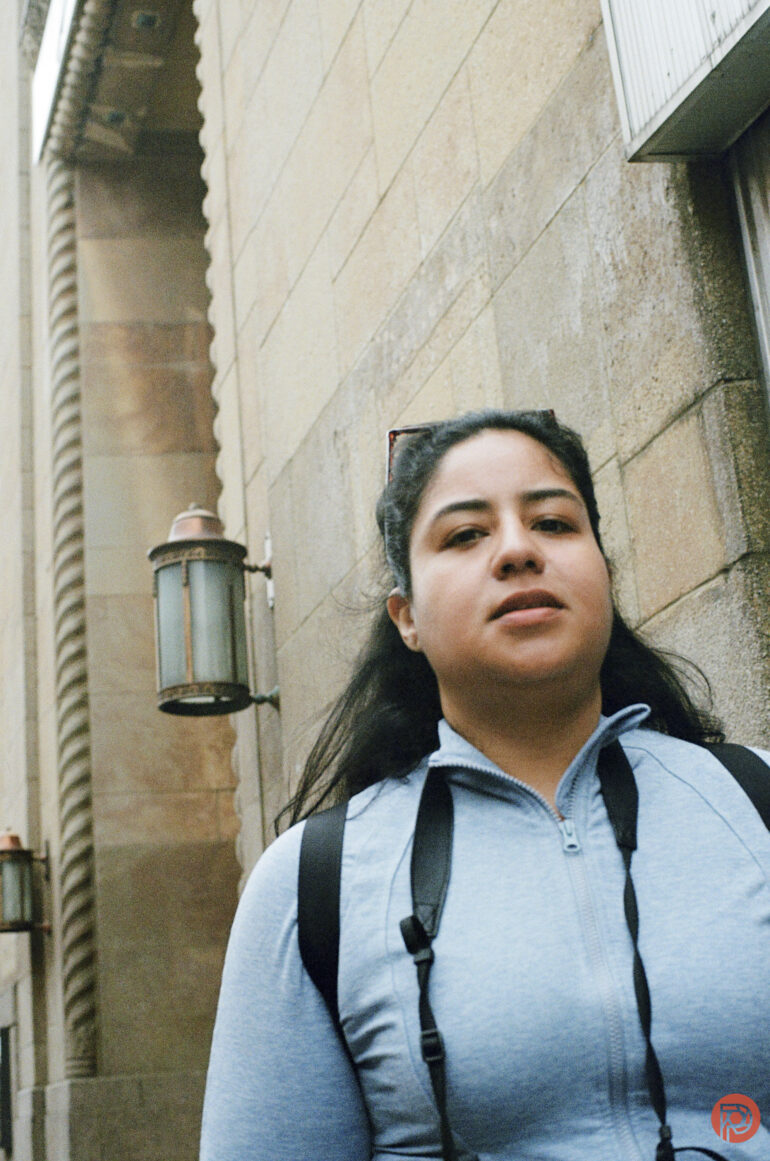
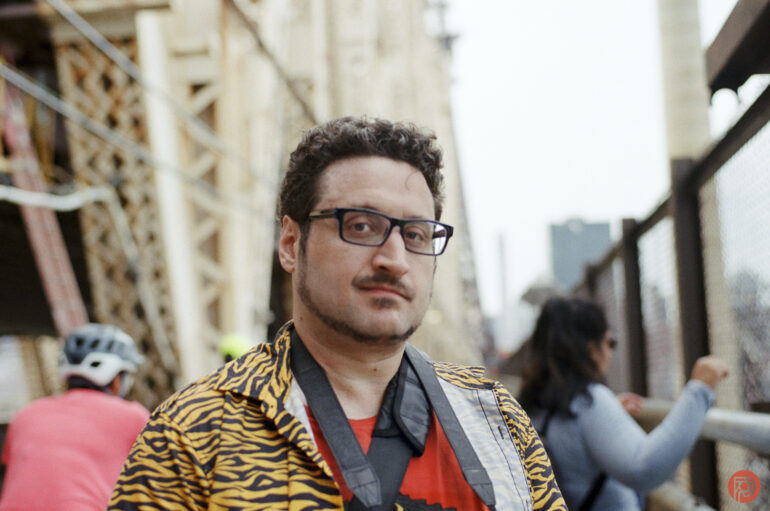

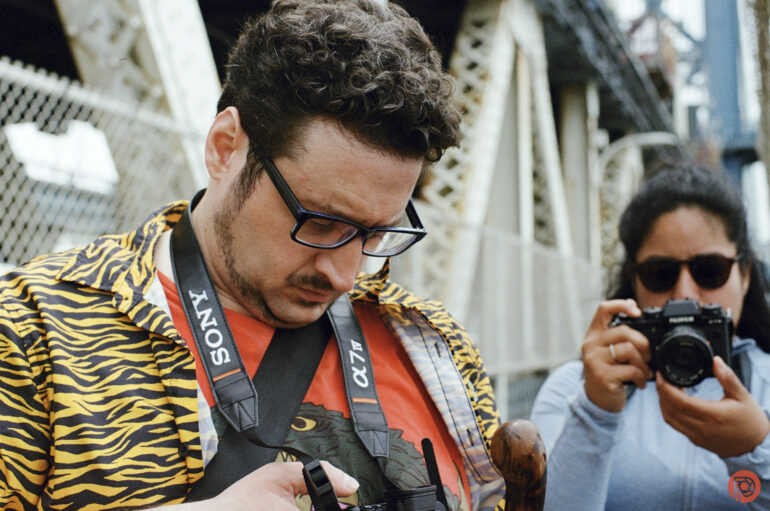



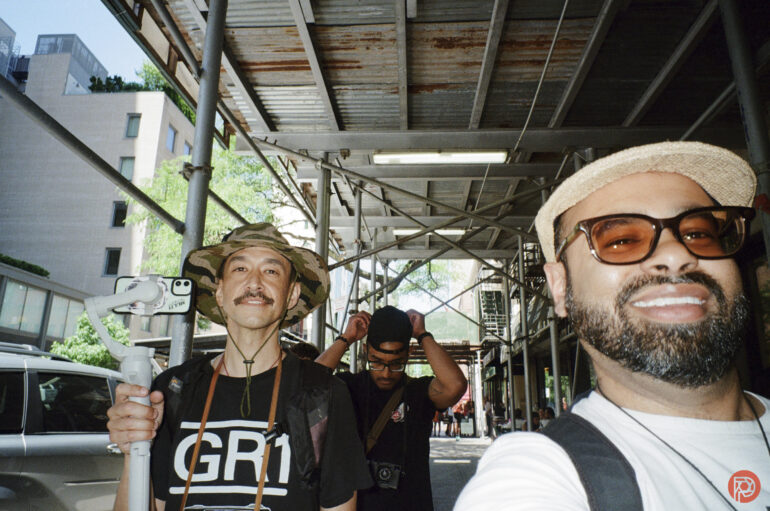
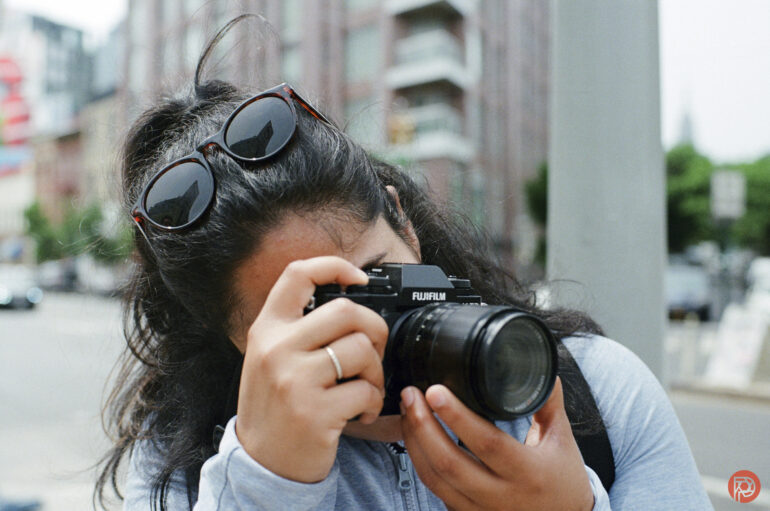










Edited
None of the photos were edited
Who Should Buy Fujifilm 400 Color Negative?
I think Fujifilm 400 Color Negative is worth trying out for everyone. But in this economy, I also believe that good film is being made by the folks at Atlanta Film Co. And in the future, ECN-2 might still be the sustainable solution.
Tech Specs
These specs are taken from the Fujifilm website’s official listing



